Animal bridges save animals and money
February 4, 2021
So, a while back I realized that once I gave a speech in Forensics, I will likely be the last person to ever read or see it. Therefore, as to not waste a perfectly good speech, some of which I may have never even given, I thought of this. A way to get ideas into the world, but also to make sure that a lot of hard work isn’t for nothing. The topic of this speech was allocating $1,000,000 grants to each State’s Department of Transportation in order for them to build animal bridges. Ultimately, in the chamber, this Bill passed, but let me know what you think of it in the hallways, or comments or email.
Roadkill is unpleasant for everyone involved. Fish and Game, the person that hit the animal, anyone who drives by before it gets picked up. Now, you may be thinking, “isn’t there one key group that you’re leaving out here?” Yes there is. The animal itself. Thousands of animals die every year that, let’s face it, should probably still be alive. Most of them are trying to find food or are following migratory patterns, which may or may not contribute to the survival of the species. (It does.) For this, and other reasons, I believe that this bill should be passed.
Firstly, why is this even needed? Animal bridges? Why? Animal bridges help animals teetering on extinction. According to the Federal Highway Administration in 2008, “This study identified 21 federally listed threatened or endangered animal species in the United States for which road mortality is among the major threats to the survival of the species.” In fact, this same report on the study states that “Although wildlife overpasses are more common in Europe than North America, wildlife underpasses and overpasses provide safe road crossing opportunities for a wide array of species, allowing them to continue to move across the landscape.” And while some may say that this study is outdated, might I argue that the fact that we are even discussing this in the first place shows that this is still a problem.
According to the Western Transportation Institute at Montana State University, and this is a shocker, animal involved collisions are expensive. Rob Ament, the road ecology program manager at WTI, states in an interview with National Geographic on April 16th of 2019 that the average deer collision costs $8,190, an elk-vehicle collision is about $25,319, and a moose-vehicle collision is $44,546. That’s for repairs, collection, shutting down the road if needed, and paying the officials needed to conduct the removal. It may just be me, but with about 1-2 million animal involved collisions per year, most of which are deer (same Federal Highway study), this is extremely expensive. Even if only half of the collisions reported are with deer, that is $4.1 Billion spent per year on deer related collisions alone. While animal bridges most definitely won’t get rid of this expense, they will certainly reduce it to a semi-reasonable level.
Lastly, I shall silence what may be an objection to this situation. The budget may seem like a lot to some people. I mean, isn’t $1,000,000 a lot of money to spend on this? At first glance, yes it does. I mean, a million dollar grant for what seems like a patch of grass under a bridge? Pshh. That’s too much. But, think of it like this. Would you rather that the government gives $1 million per project, or that the American public and government spends billions on an avoidable problem?
While Harry and the Hendersons was an entertaining movie, I highly doubt that anyone has that kind of experience when it comes to animal involved collisions. Funding the construction of animal bridges will reduce both the environmental cost and the monetary cost of these collisions by reducing collisions in the first place.

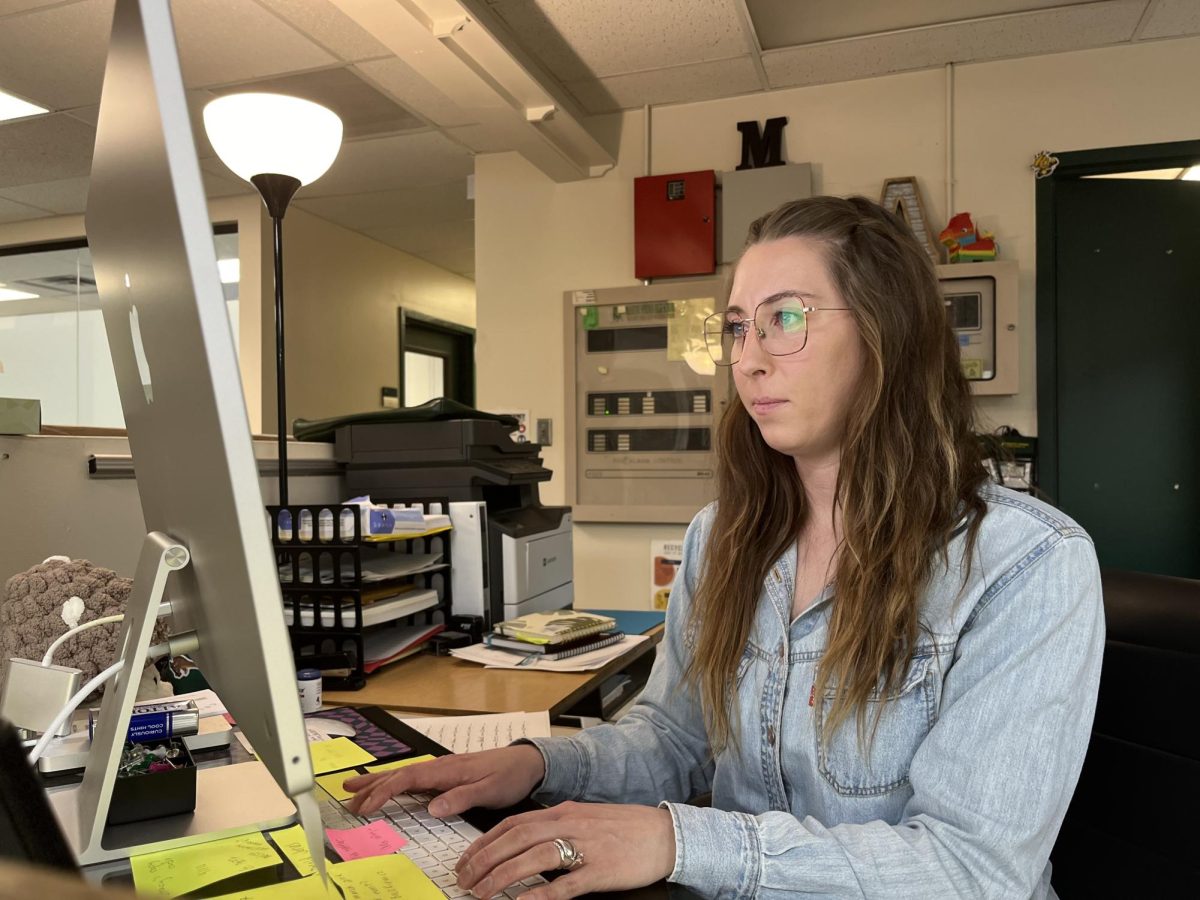
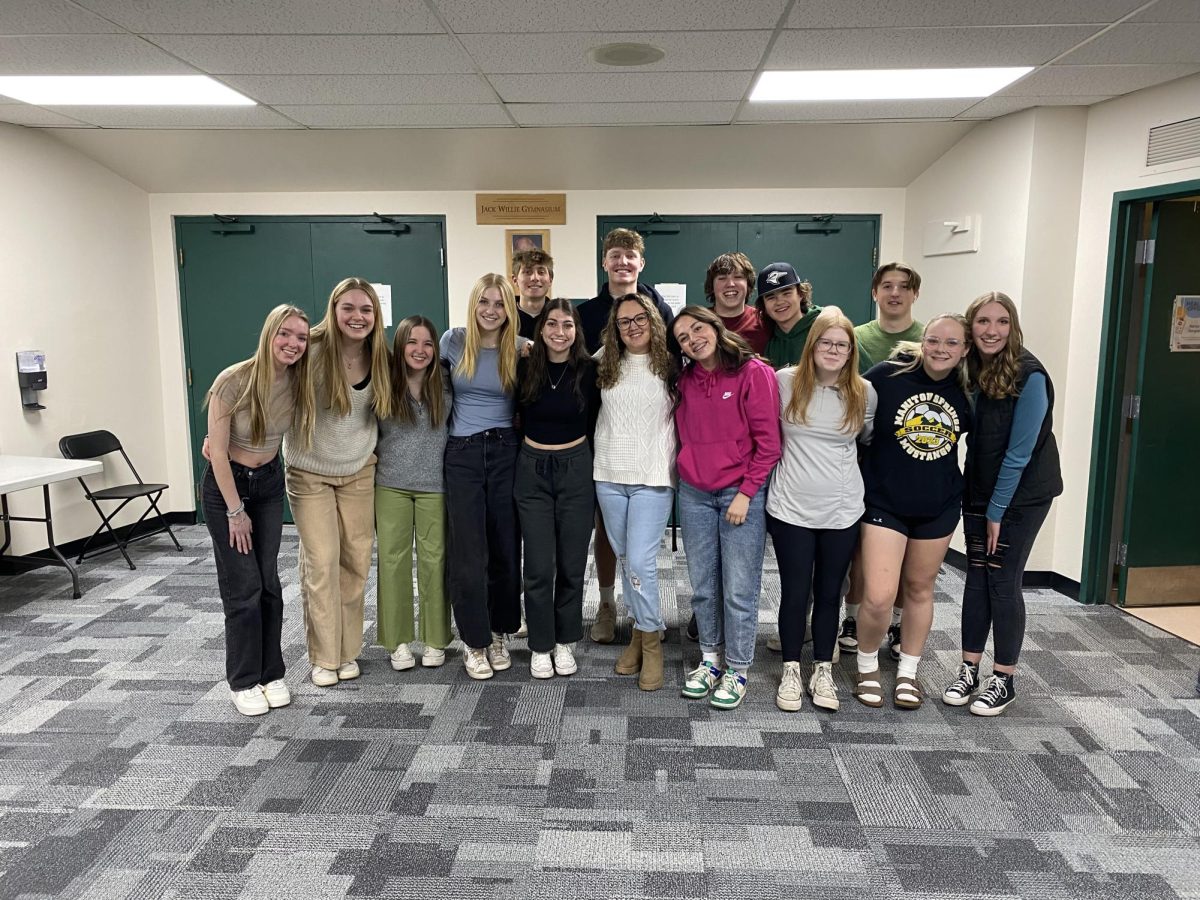
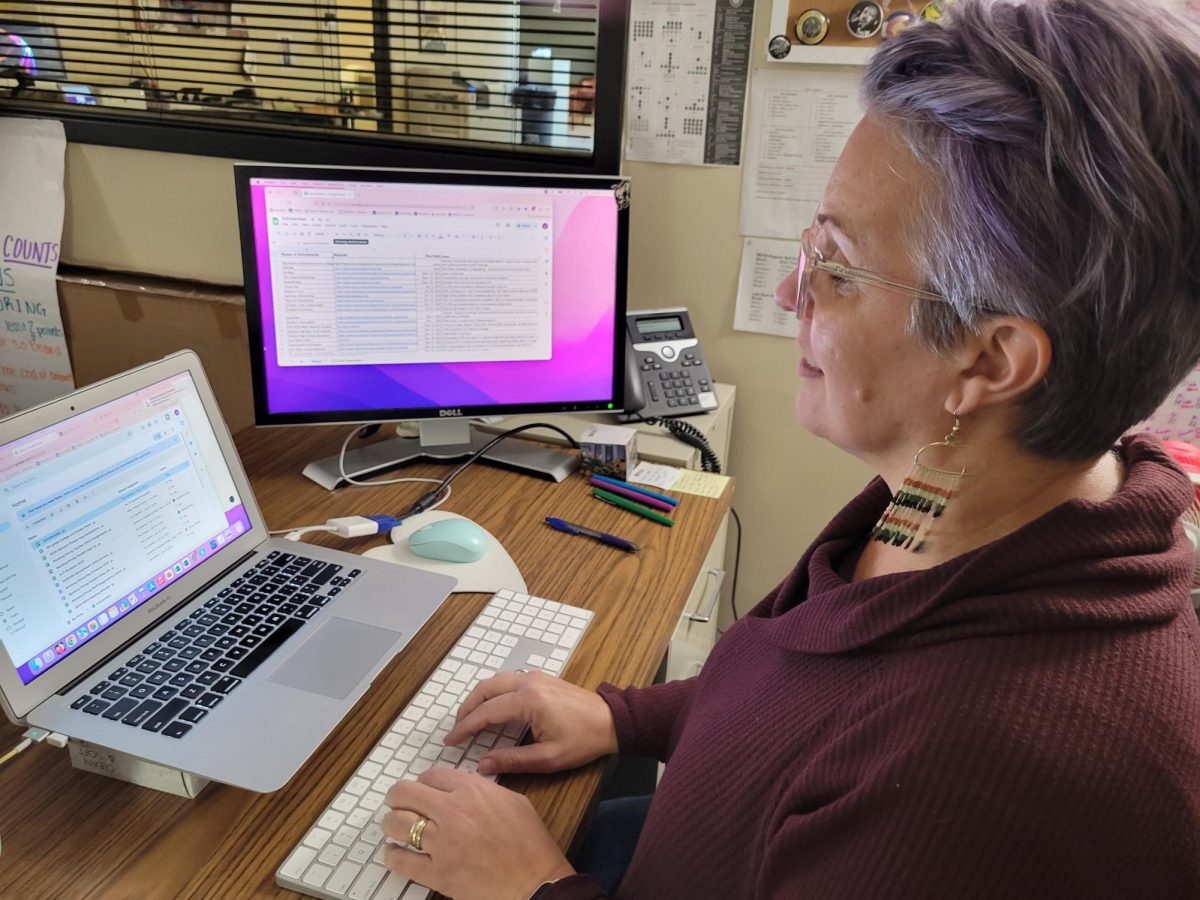
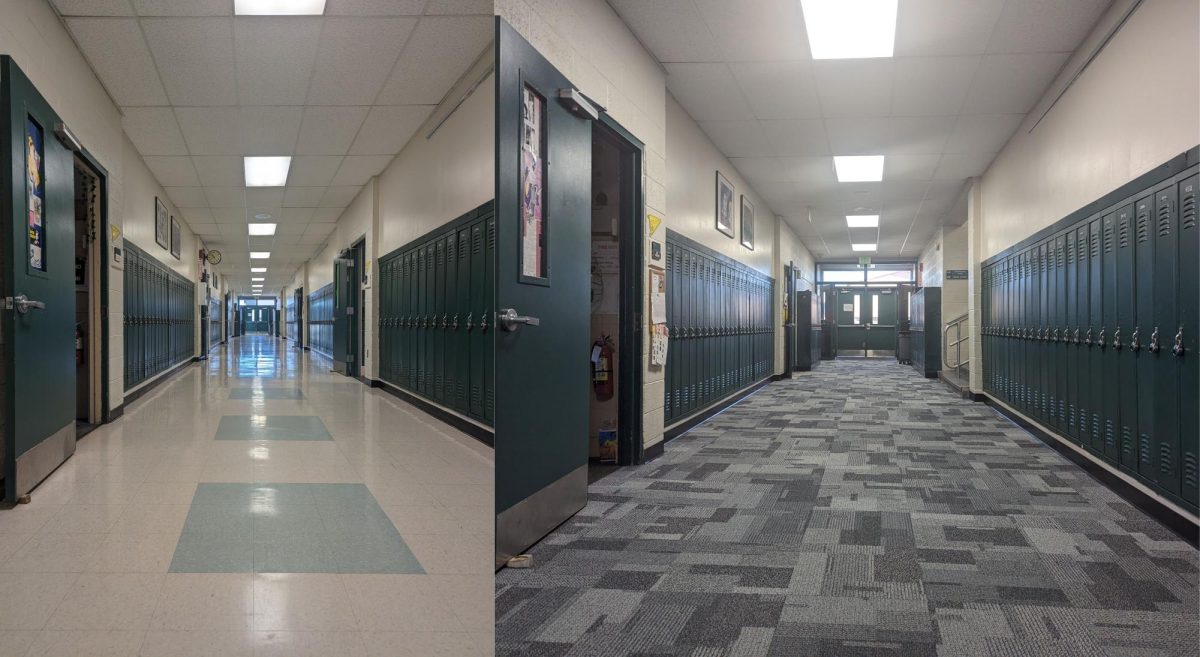
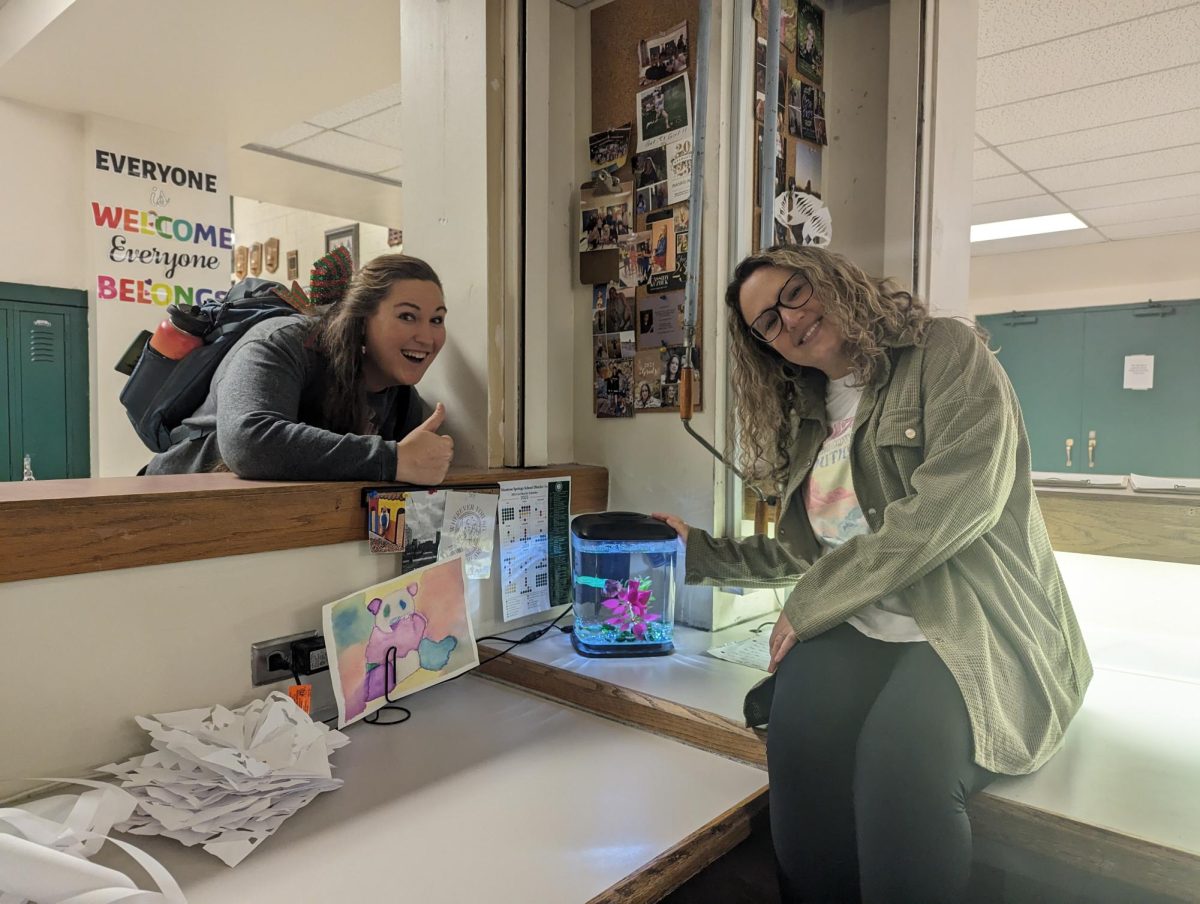

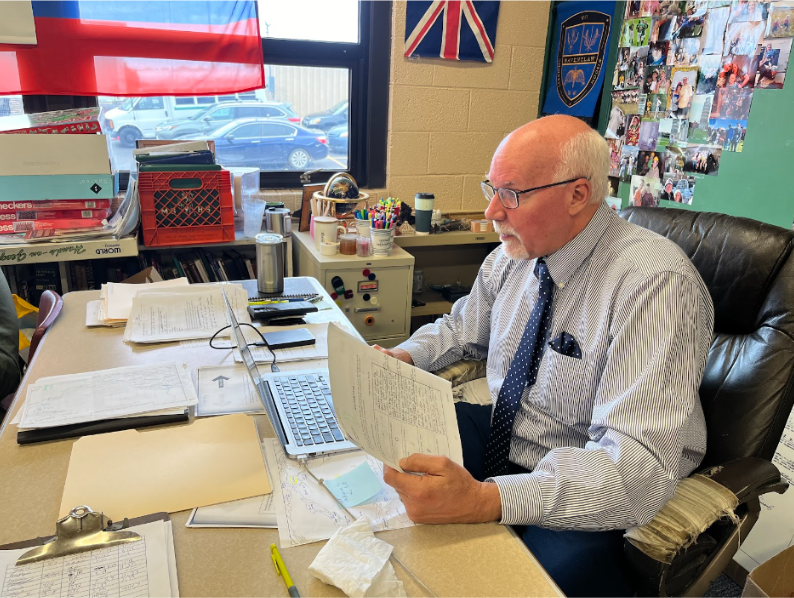



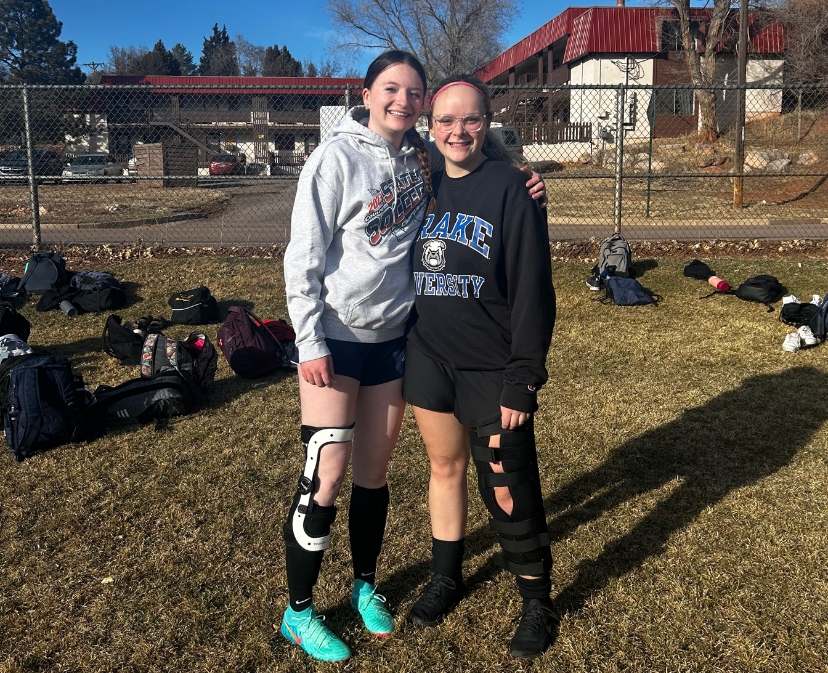
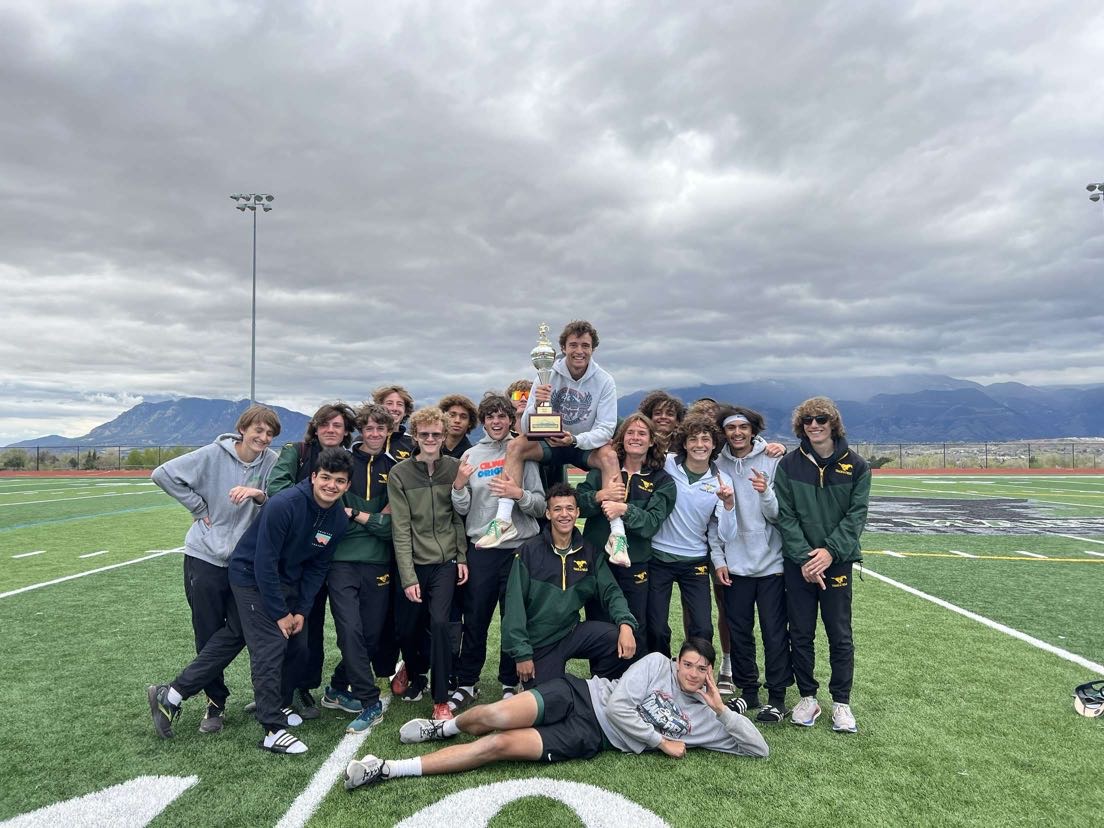
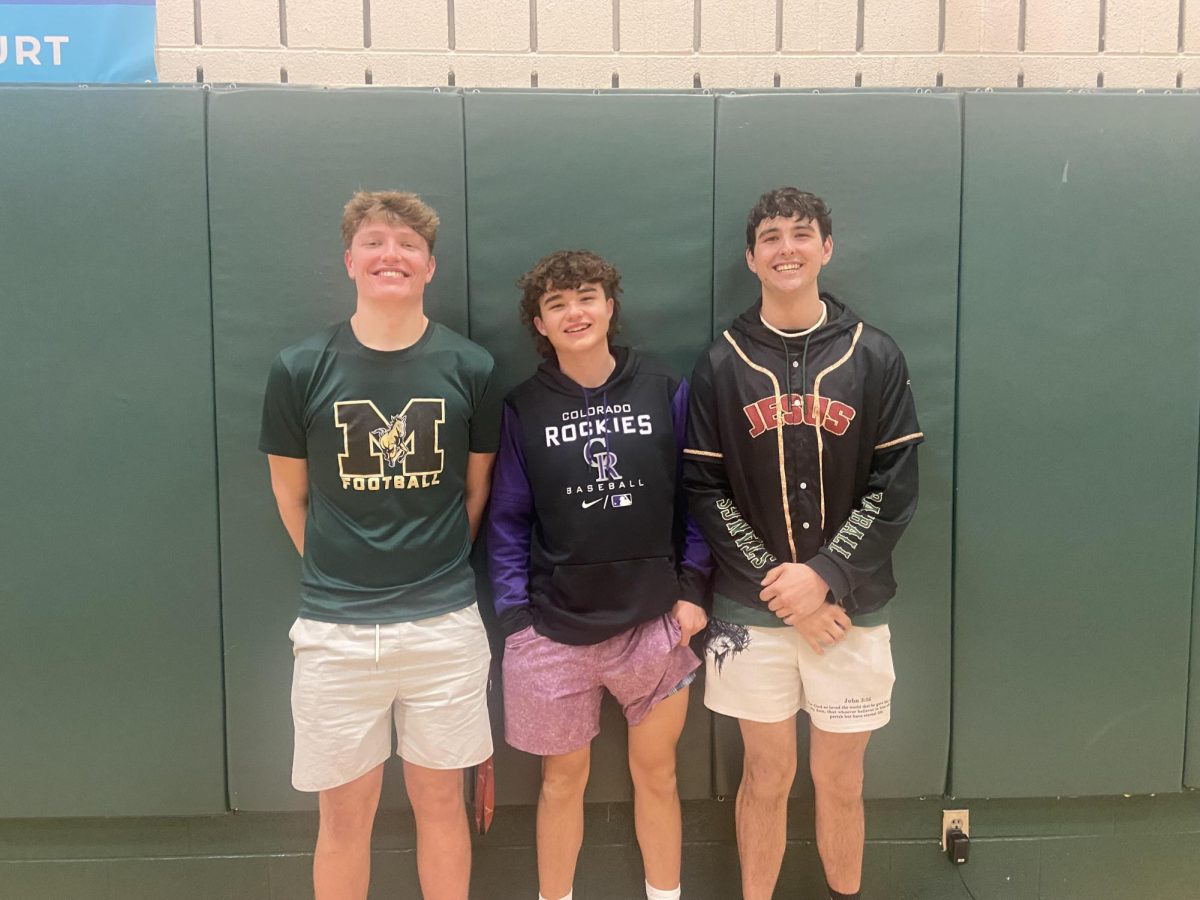



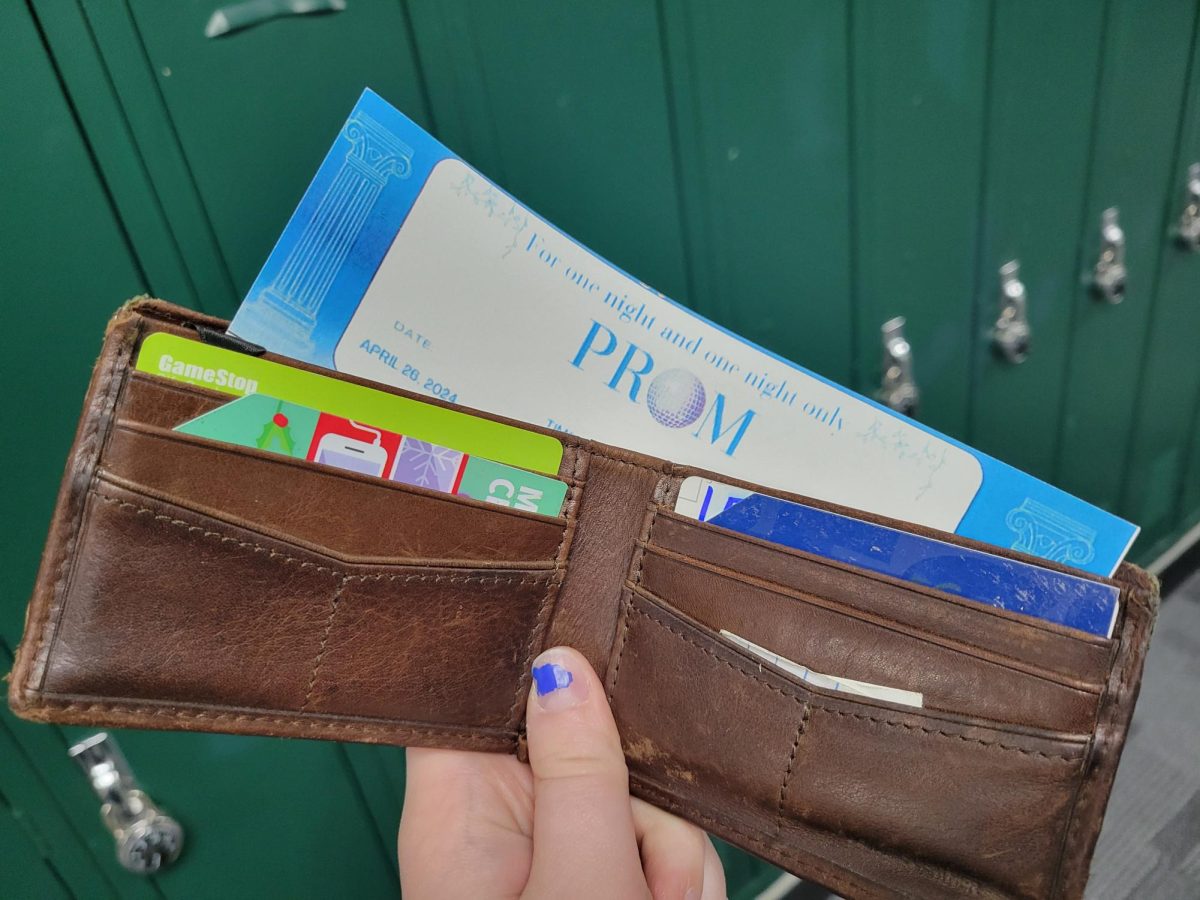
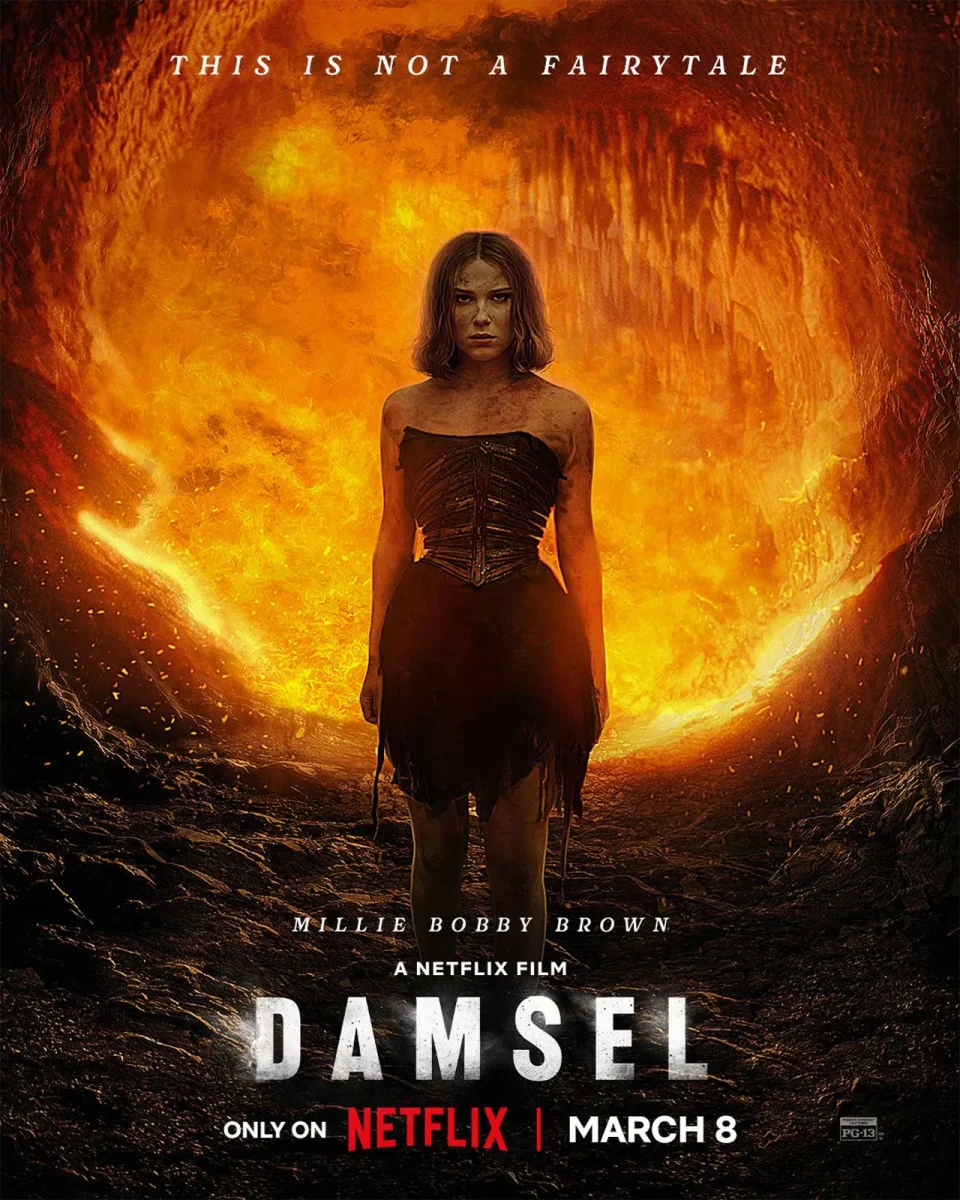

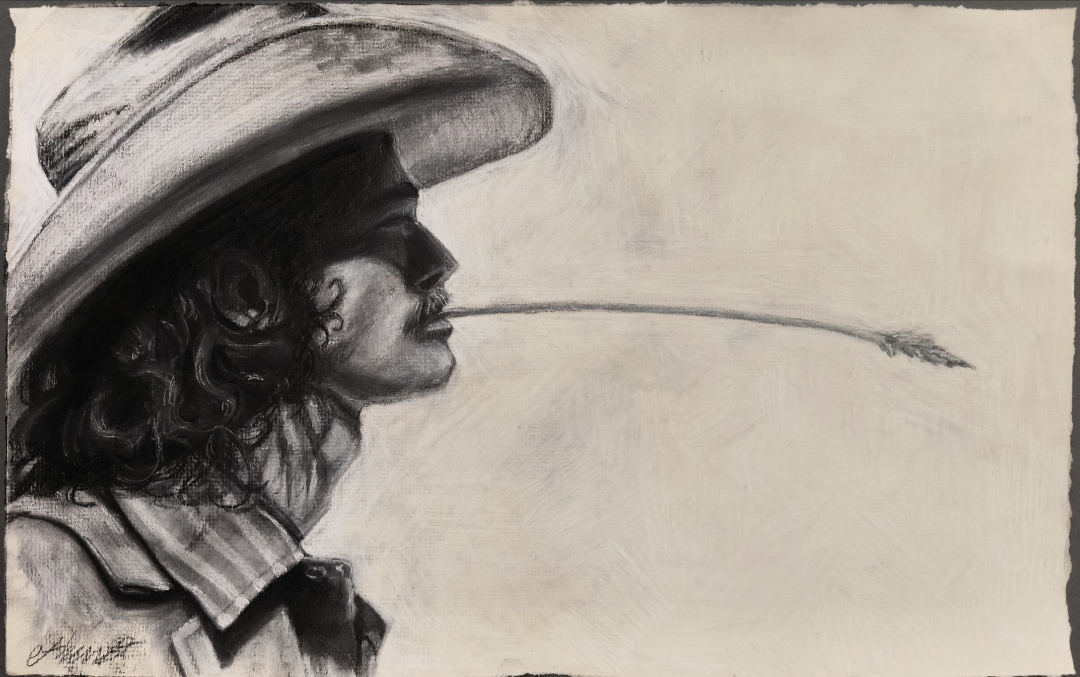
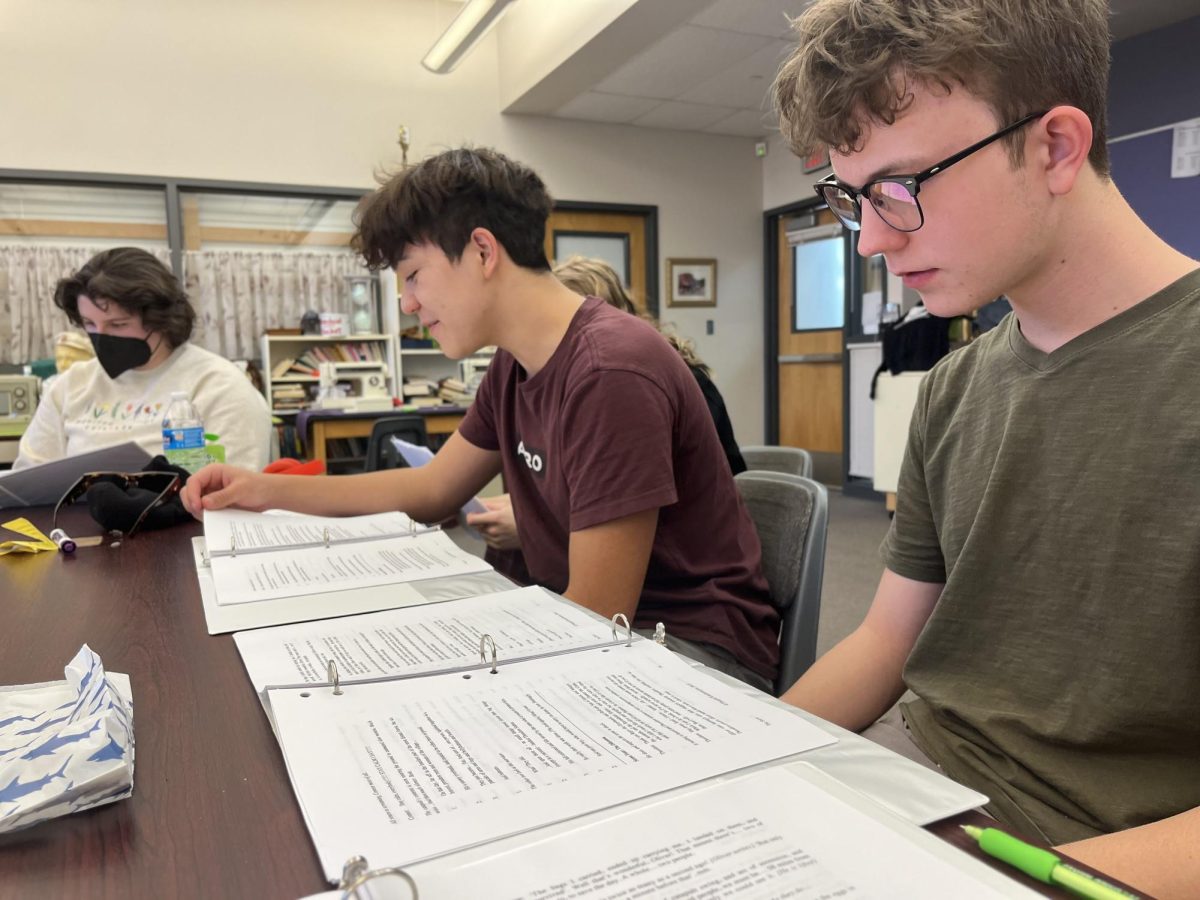






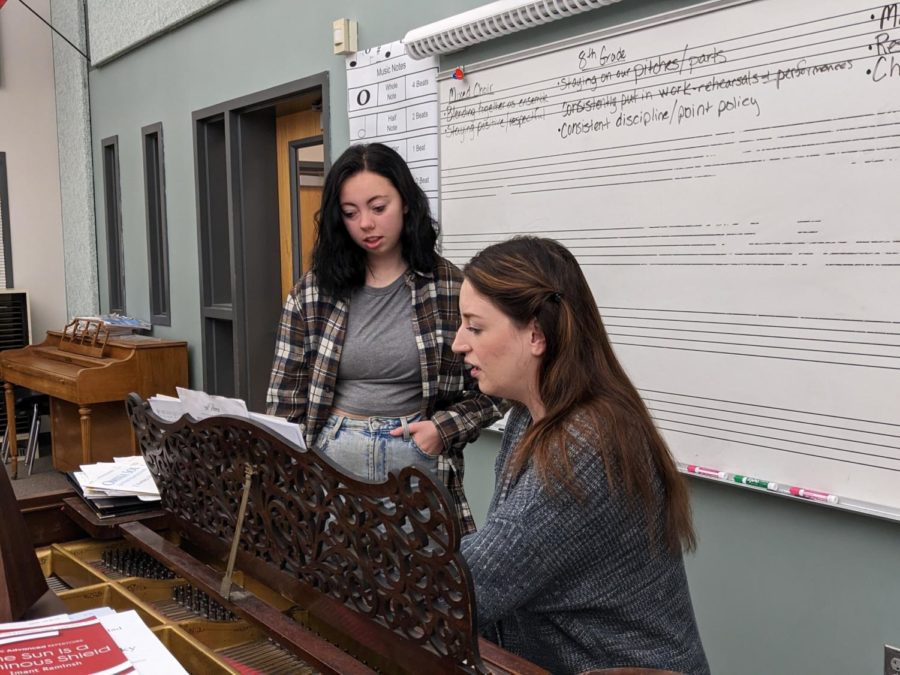
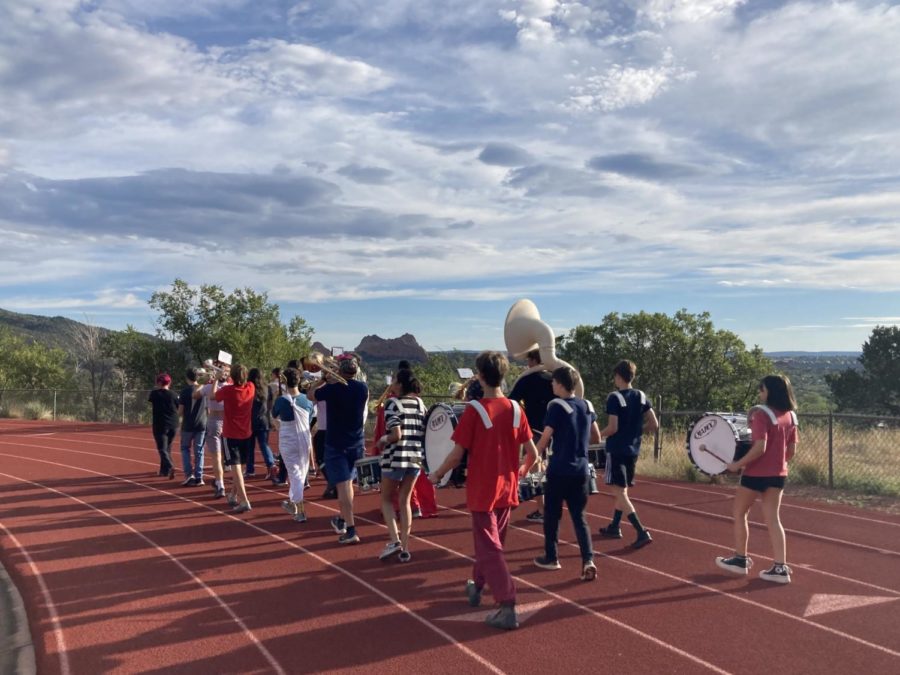

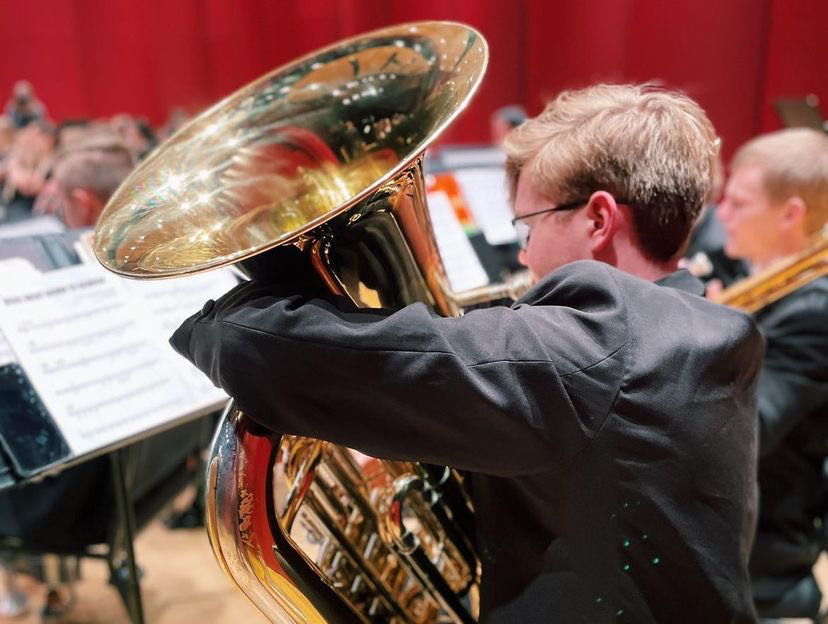
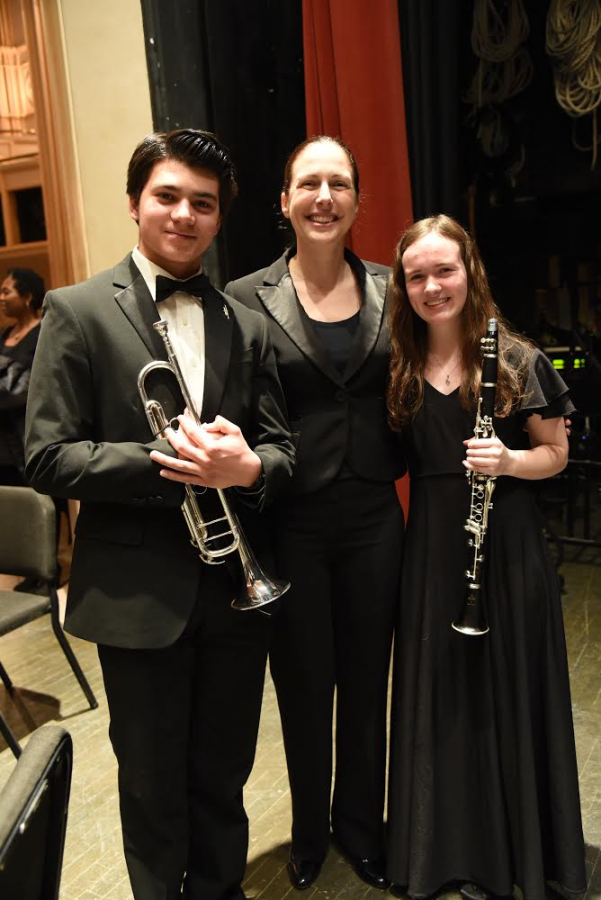
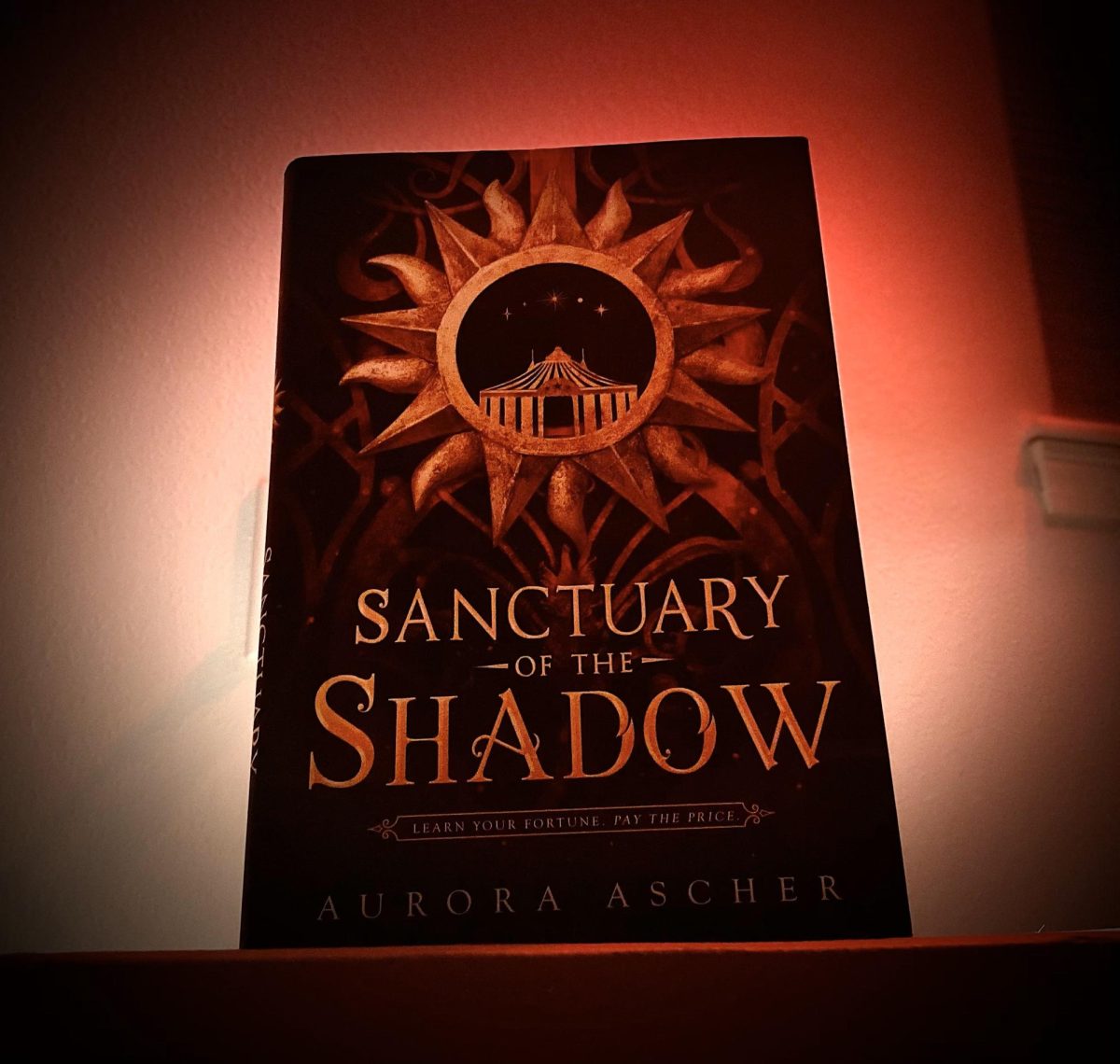
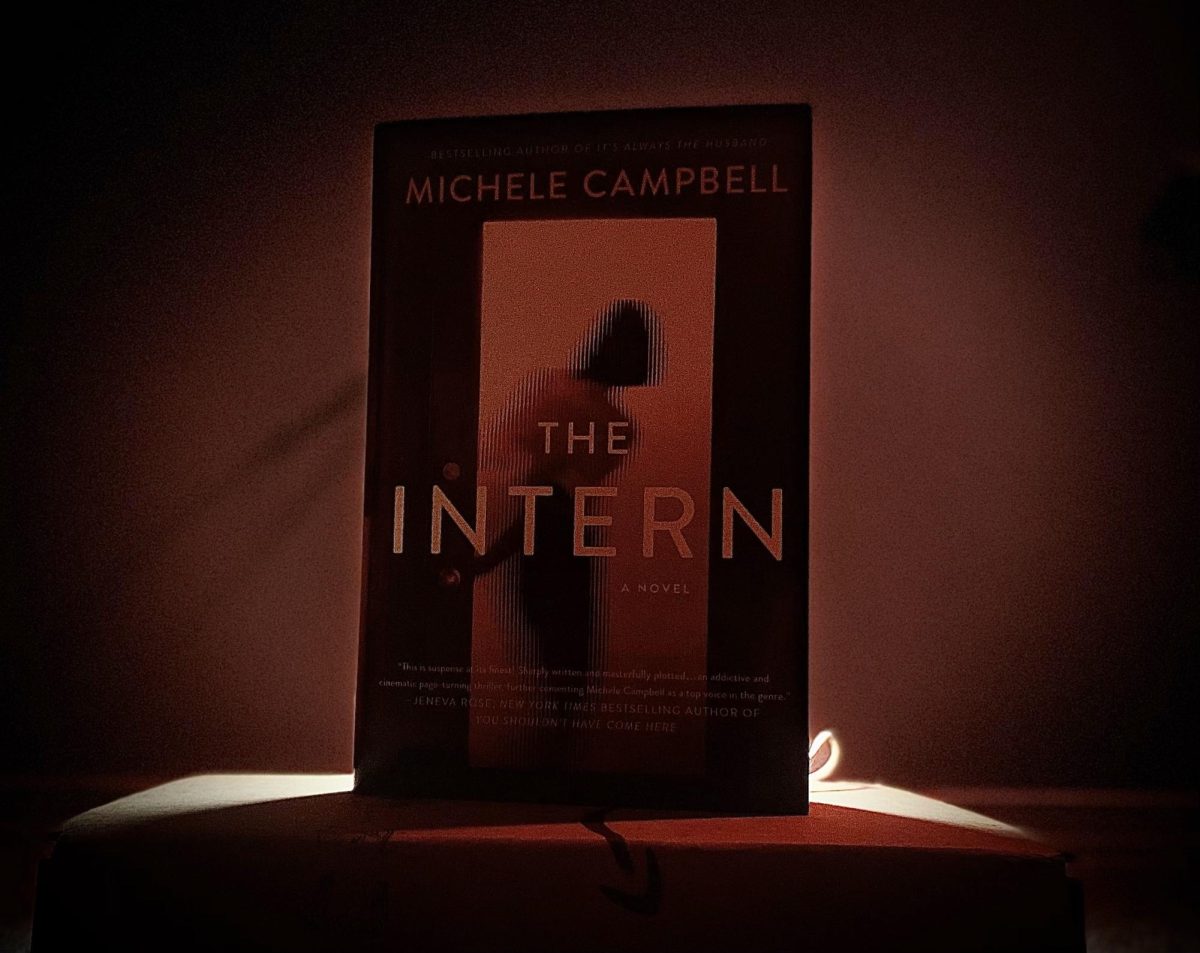


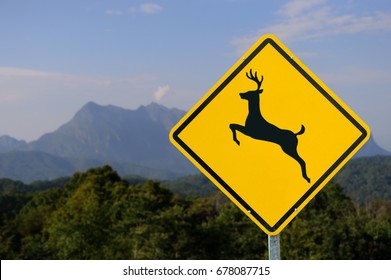

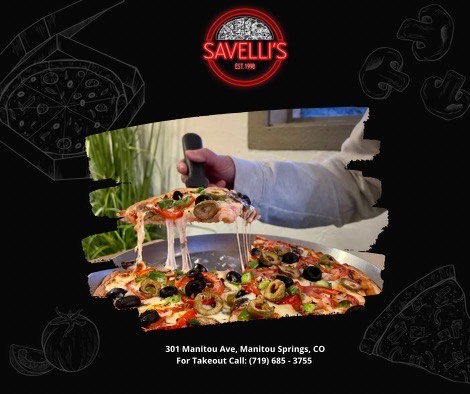
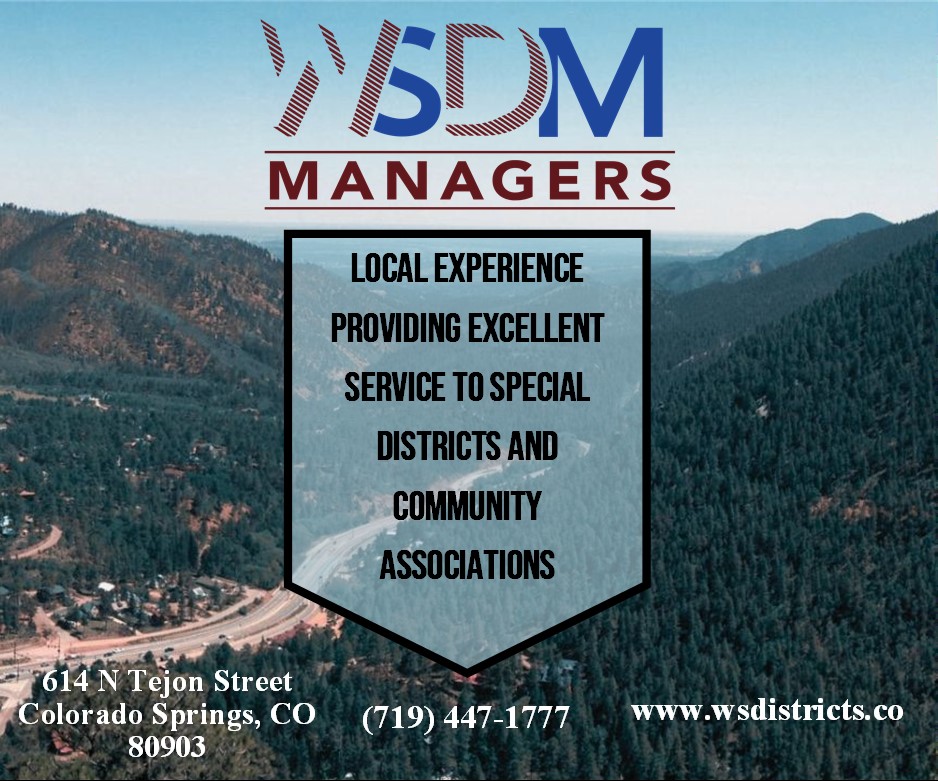

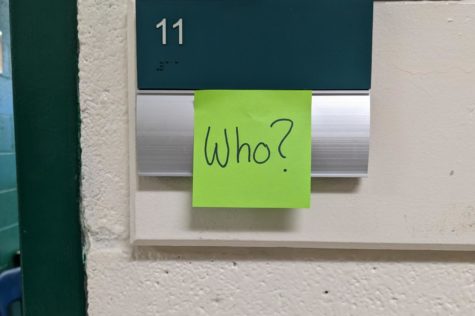
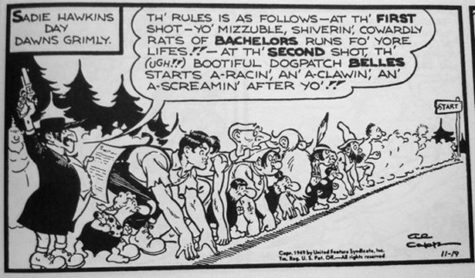






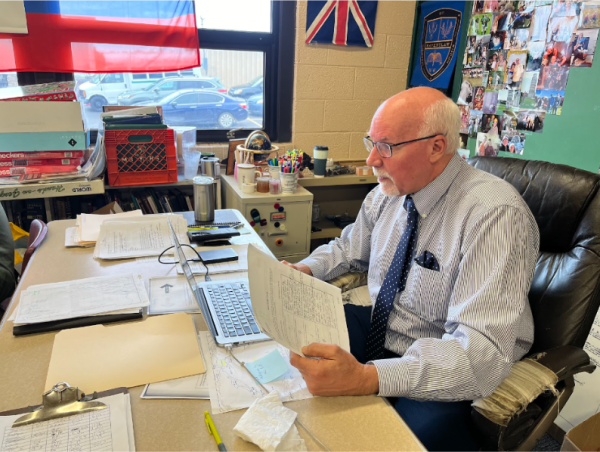

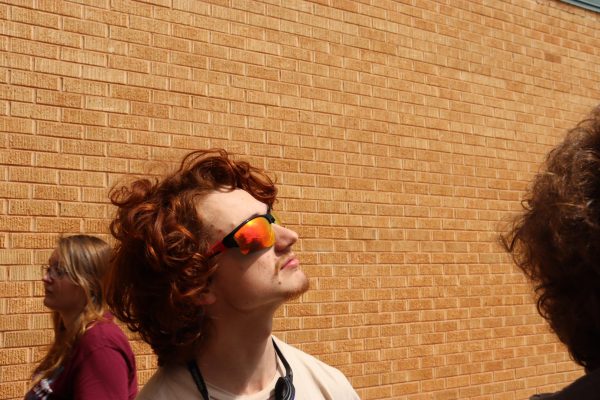
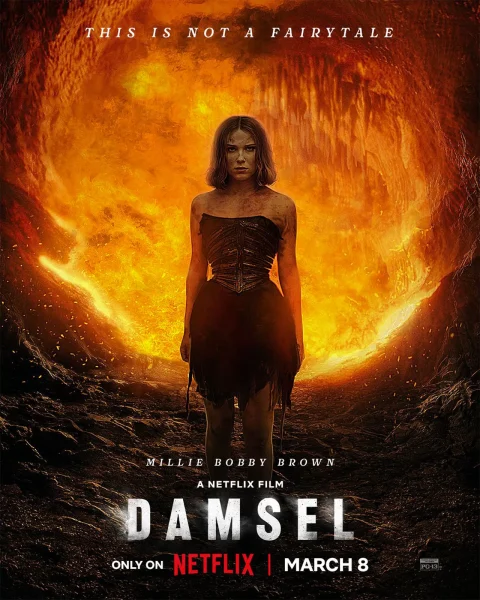

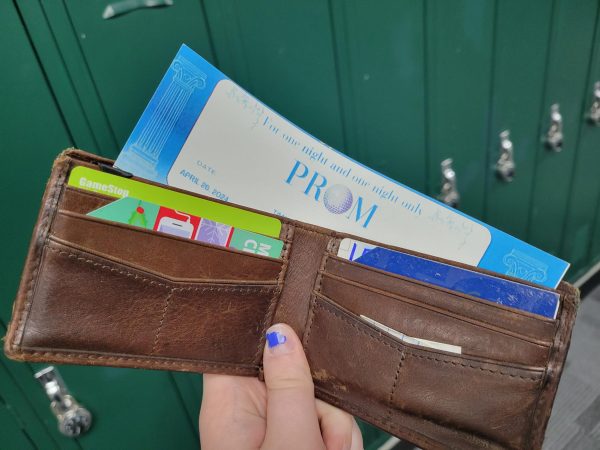
Chloe Rankin • Feb 26, 2021 at 9:59 am
This is the first time I’ve heard about “animal bridges”, and needless to say, I’m left intrigued. Your article is thorough and well-written. Your slight informal tone throughout gave it a sense of relatability. I’m Thank you for educating me on a fascinating topic!
DR • Feb 23, 2021 at 9:01 pm
I really like this article and how well planned and thought out it was. Though I’ve heard about these types of projects and believed them to be a great idea I’ve never actually seen one around before or learned about them to this extent. I appreciate you writing and posting this to get the idea out in the world more I think it was a creative and very detailed explanation of the problem and how its being solved. Great work!